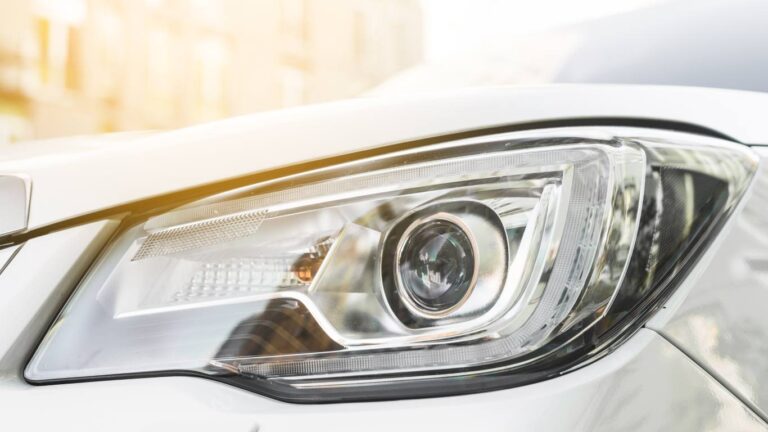Incandescent bulbs have illuminated our homes and, surprisingly, our cars. While advancements in lighting technology have led to more efficient options, tail light bulbs remain a familiar sight on the road. This guide discusses the world of incandescent headlights, exploring their history, how they work, and the advantages and disadvantages they offer drivers.
Incandescent Bulbs: Illuminating the Past
The Incandescent light bulb, a lamp, produces a warm, familiar glow by heating a thin filament inside a glass bulb. These bulbs come in different sizes, wattages, and voltages, making them adaptable for many lighting needs.
A History of Incandescent Light Bulb
We think Thomas Edison was an incandescent lamp inventor, but it wouldn’t be entirely accurate. The concept existed well before his commercially successful bulb in 1879.
How Incandescent Bulbs Work
A typical incandescent bulb consists of a glass enclosure housing a delicate tungsten filament. When an electric current passes through the filament, it heats up tremendously, reaching a hot temperature to emit light. This phenomenon is known as incandescence.
The bulb usually has a glass mount that seals the bulb and allows for electrical connections to pass through. Tiny wires support the filament and electrical leads within the glass envelope.
The glass enclosure is filled with gas or vacuumed to prevent the hot filament from evaporating. Inserted gases, like argon, help extend the filament lifespan by slowing down this evaporation process.
Advantages of Incandescent Light Bulbs
- Affordable: Incandescent headlight bulbs are often the most economical choice.
- Easy to Find and Replace: Finding and replacing them is a breeze.
- Warm Glow: Some drivers prefer the warm, reddish hue that incandescent bulbs emit compared to the whiter light of LEDs.
Disadvantages of Incandescent Light Bulbs
- Shorter Lifespan: Compared to newer technologies, incandescent light bulbs have a shorter lifespan.
- Lower Efficiency: They generate more heat than light, making them less energy-efficient.
- Heat Generation: The filament gets hot and may damage the tail light over time.
Where to Find Incandescent Light Bulbs in Car?

Incandescent bulbs are used in classic and vintage cars, particularly for auxiliary lighting and indicators like tail light bulbs for brake lights and turn signals. Their availability might be slightly limited compared to newer bulb types, but specialty auto parts stores or online retailers should still carry them.
Halogen Headlights Vs. Incandescent Light Bulb
Halogens build upon the incandescent design. They use a tungsten filament encased in halogen gas. This gas helps redeposit evaporated tungsten particles back onto the filament, leading to a brighter and longer-lasting bulb than incandescent. However, halogen bulbs aren’t invincible; the redeposition isn’t perfect, and weak spots can eventually develop. They are typically more expensive than incandescent light bulbs due to their extended lifespan.
Why do Most Modern Cars Still Use Incandescent Light Bulbs?
Things have changed with modern vehicles. The turn signal flasher is now often integrated into a body control module, a complex computer system. Converting these systems from incandescent to LEDs would require a redesign, which wouldn’t be cost-effective. So, manufacturers opted to retain incandescent bulbs for turn signals while implementing LEDs in other lighting systems.
However, this trend is shifting. As car models are updated, manufacturers are increasingly incorporating LEDs for turn signals as well, taking advantage of their reliability and longevity. This transition requires the development of new electrical systems compatible with the lower resistance of LEDs.
Therefore, some recent cars with LED headlights and taillights might still have incandescent turn signals; a temporary solution until new electrical systems are implemented.
Should I switch incandescent light bulb to LED tail light bulbs?
If it is compatible with the current sockets, yes. LED tail lights offer several advantages such as energy efficiency, long lifespan and durability.
What to consider before switching to LED tail light bulbs?
You should consider compatibility to make sure LED bulb matches the specific socket type of your tail light housing. And also, hyper flashing and light pattern.



